No products in the basket.
Blog
A Quick Guide on How Deep to Bury Water Pipes to Prevent Freezing UK
It is essential that when installing an MDPE system you are aware of the depth it is being buried at. There are various ways to install an MDPE pipe system in the UK, including newer methods such as no-dig and low dig, as well as the classic method of fitting the pipe into a dugout trench. It is worth mentioning before we get started that this guide will aim to inform you about the necessary depths for water and gas MDPE.
What is the correct depth for your blue MDPE?
The blue MDPE UK water pipe should be buried in a trench at least 600mm deep measured from the top point of the pipe, also known as the crown. However, bear in mind that it can’t be any more than 1350mm from the ground level and must also be 350mm away from gas and electricity as, for safety reasons, it would not be good to mix pipes carrying these different kinds of substances. This is a general rule of thumb and is followed by many. Nevertheless, these guidelines can vary depending on the rules of your local authorities. For example, they may allow you to fit the pipes at a slightly lesser depth on the condition that it is properly insulated.
When the blue water pipe MDPE is buried, an absolute minimum of 100mm top cover should be used above the top of the pipe and should not be compacted with heavy machinery until there is a cover of 300mm. The trench should then be backfilled in 300mm layers after this point to cover the buried water pipe. As with any project, safety should be a primary focus and, in this case, to achieve this, you will look to use marker tape. It is best to install the marker tape 300mm above the top of the pipe. This allows for plenty of warning for those who may be excavating the ground or working near the pipe in the future. This means that they will be able to make any necessary adjustments to what they are doing so that they pipe does not get tampered with.
What you should consider before beginning your installation?
- Typically, the process would begin with you getting in contact with the water authorities in your area to gather the information you will need to know to get your project under way correctly. This information would often include the types of pipes and fittings that must be used, and is also likely to include guidelines that you must follow to stay in line with the rules of your local area.
- The next consideration, as with any project of this nature, is to asses the layout of any other piping systems in the vicinity. This is to prevent breaching them and causing other problems later down the line.
- In terms of digging the trench, be certain that it is wide enough for your MDPE pipes with an extra 250mm added so that when it is time to add side fill into the trench, there is enough space to make sure it is compact to help protect and stabilise the pipe.
- If your job involves the process of running the pipe underneath a building it must go through twinwall ducting. It is paramount that end caps are used and, at times, expanding foam can be used. These methods will stop vermin and dirt from getting into the ducting and affecting the pipe. When using the MDPE inside of ducting, be aware that compression MDPE fittings and bends etc must not be used.
- Rules change from project to project, in terms of laying the water pipes to prevent freezing in the trench. In some cases, you will have to dig a trench with enough depth to ensure that there is space for 100mm of bed stone. Other mixes may be used in this case as long as the size of the gravel doesn’t exceed 20mm in size. There will not always have to be a bed of gravel in the trench, as at times the soil could be uniform enough to simply put the pipe directly in and go from there.
Are there any differences that you should know when installing gas pipes?
Similarly to the waterpipes that we have already spoken about, a lot of the time there is no problem at all with laying the gas pipe directly into the trench. The gas pipe itself is yellow and in certain circumstances it is installed later down the line into pre-installed ducting that has been put in place by the workers who excavated the trench.
If you are going to bury a yellow MDPE gas pipe into pre-installed ducting, it is essential that the ducting being installed is the correct size for the pipe to prevent an inadequate fit. Once again, each project tends to have different requirements, so it is always worth asking the people leading your job what is required for that particular installation.
Here are some rough guidelines that we recommend you follow:
- You would look to use a 50/63mm yellow gas duct coil for 32mm Gas Pipe Coils.
- You would look to use a 94/110mm yellow gas duct coil for 40mm MDPE pipe.
- You would look to use a 150/178mm yellow gas duct coil for 63mm Gas Pipe Yellow MDPE Coils.
- You would look to use a 225/266mm yellow gas duct coil for 90mm MDPE pipe.
What are the correct depth levels for your gas pipe?
When installing gas ducting, the depth to bury the pipes and cover levels both heavily depend on the location where you plan on fitting them. Remember, there will be different requirements for service pipework and mains pipework. So, for example, service pipework in areas which have a footpath and a driveway will require to be 375mm deep. Service pipework underneath a public footpath would need to be 450mm and underneath a motorway it would also need to be 450mm. Whereas mains pipework tends to be buried a bit deeper. For example, mains pipe being used for a footpath or driveway must need a depth of 600mm, underneath a motorway it would need a depth of 750mm and beneath fields the mains pipework would need to be the deepest of them all at 1100mm deep.
When fitting gas pipes, be aware that it will be on you to ensure that it is safely marked out so that people are aware of the system and the correct protection measures can be taken when dealing with the materials. There are also many guidelines surrounding gas pipe’s, so it is important to check in with your local authorities to ensure that you are not breaching any guidelines.
What depth should MDPE pipes be to prevent freezing?
It is stated by ‘The Department of the Environment’ that in order for soil to act as an insulator for the pipes and avoid freezing, you should bury your water pipes and MDPE pipes 600mm deep or two feet. This is because when they are buried deep, the soil is able to hold onto the heat that it will collect from the sun during the day. If the burial of the pipes is 600mm, then you know that there is a lower chance that the pipes will freeze and become damaged and will also prevent water freezing. When water freezes inside of a pipe it can cause numerous problems. If a small amount of water freezes, it can lead to a build up of pressure within the pipe which means that you will not be able to use your water and, in the worst case scenario, can mean that the pipes will become damaged to the point where they may even need replacing. So it is paramount that you remember that 600mm is how deep you should aim to have your water pipes buried if you are going to prevent water from freezing inside of the pipes. When trying to prevent pipes freezing, you must be aware that plumbing and underground pipework freezes when temperatures reach -6 degrees and below.
As always if you have any burning questions that you need answering you can drop us an email or give us a phone call and we will more than happy to help you!
Shop Water pipe & Gas pipe:
Sale!
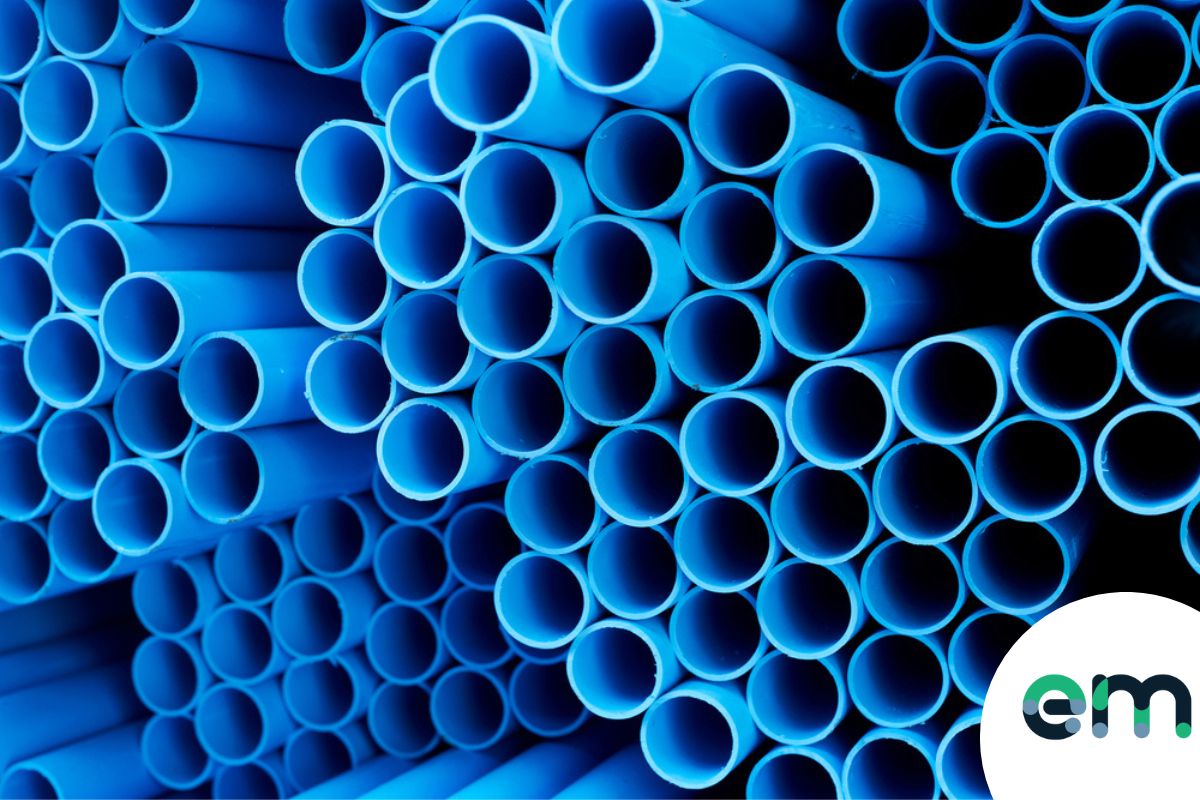
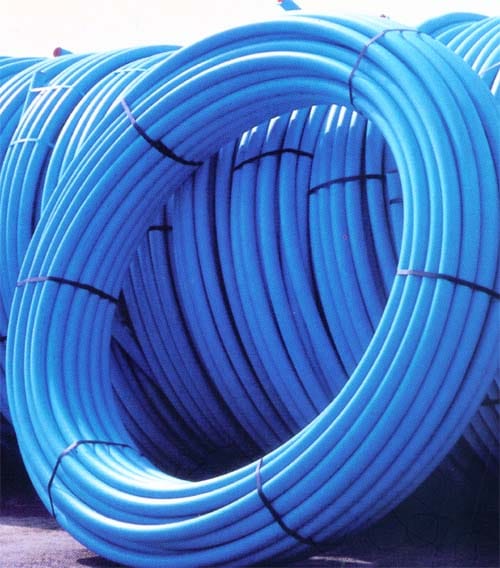
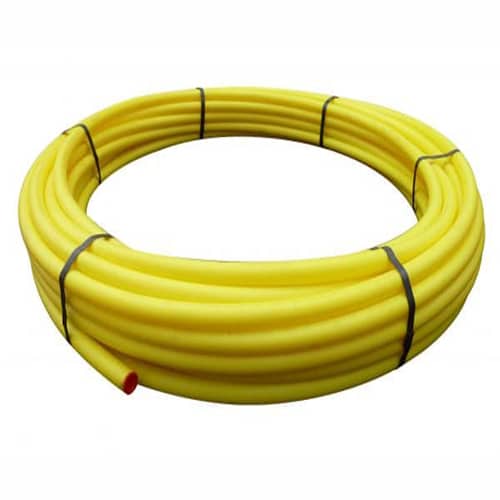
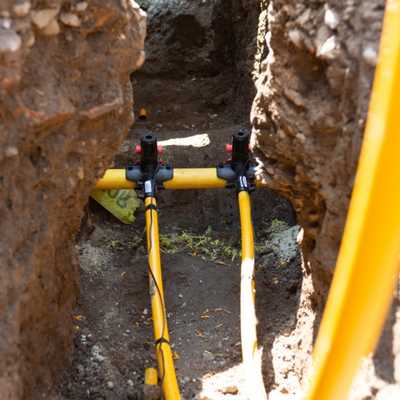
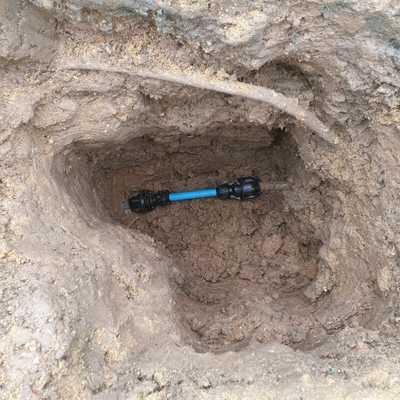

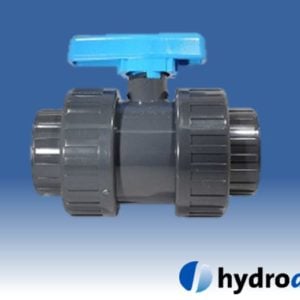
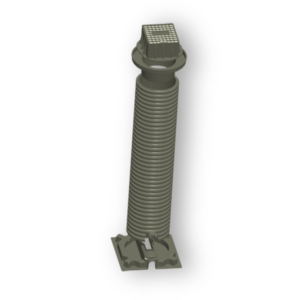
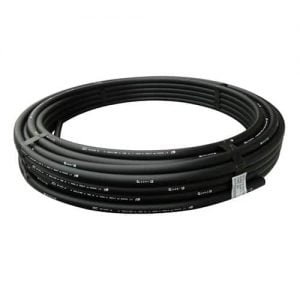
Good morning It will be very difficult for me to achieve the 600mm to 750mm depth, that has been mentioned in your very informative article. If I use foam insulation around my new water feed from the water meter to my house, can I then reduce the depth of the trench ? Also is there any particular insulation that can be used underground and what thickness of insulation would be best.
Hi Peter,
I would think that this should be ok, especially if you are also using ducting around you water pipe.
Unfortunately we do not stock insulation so I would not be able to advise on which would work best in this situation. I’m sure that google will be able to assist you with this though and direct you to a supplier who can advise which insulation would be best for your needs.
Kind Regards
Lainey
Hello. I’m in the process of trenching 3 foot down, but I can’t seem to get a strait answer on how deep the pipe needs to be as it crosses under my house foundations, in to the crawl space. It will be entering through a 110mm duct, cap ended on both by rubber bung, and the pipe itself will be insulated inside the duct. Can I just put my duct at say 650mm which is 350 below gas pipe, and then do as I say? Thanks